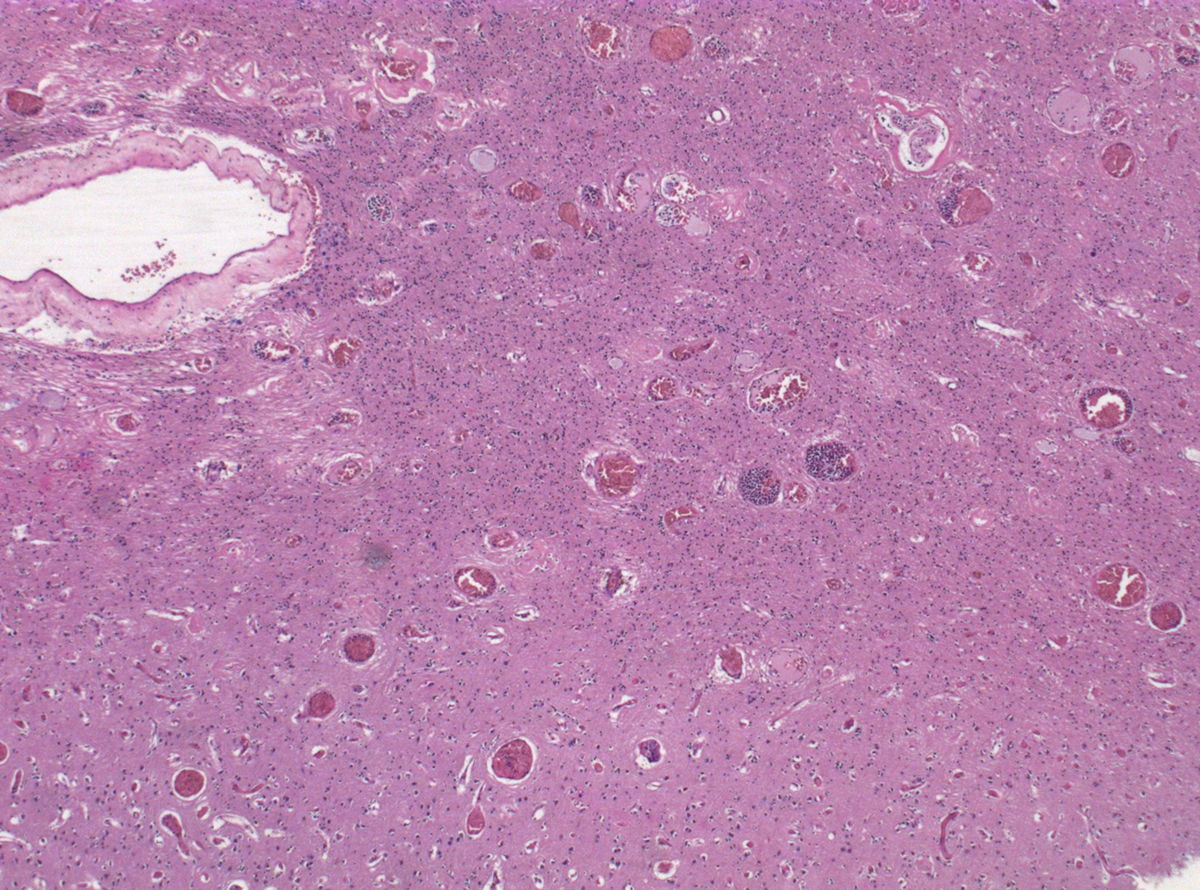
Cerebrovascular disease is a medical term and it refers to a group of brain dysfunctions connected to the blood vessels of the brain. Improper circulation in the blood vessels of the brain may cause numerous changes depending on the extent of brain damage and the exact location of improper blood supply. Cerebrovascular disease includes transitory ischemic attack and stroke. Both of these disorders develop due to loss of blood supply to certain parts of the brain. However, in case of transitory ischemic attack the blood flow is restored and there is no permanent damage to the affected brain tissue. On the other hand, in a stroke the damage is much more serious and prolonged impairment of blood supply to certain parts of the brain eventually leads to irreversible damage to the affected part of the brain and permanent loss of brain function.
Symptoms and Signs of Cerebrovascular Disease
Symptoms and signs of cerebrovascular disease basically depend on the brain area that has been affected. Initially all the patients experience headache which is rather intensive. Headache may be accompanied by nausea and vomiting. One may develop partial or complete paralysis or weakness of an arm, leg and one side of the face. The paralysis and weakness typically affect one side of the body. There is also numbness, tingling sensation and/ or reduced sensation in certain parts of the body. One more characteristic of cerebrovascular disease is partial or total loss of vision or certain changes in vision. Furthermore, if the damage has affected brain centers in charge with speech the person will experience difficulty in reading or writing and have slurred speech. Improper functioning of the muscles necessary for swallowing results in swallowing difficulties and excessive accumulation of the saliva in oral cavity and consequent drooling. Cognitive changes associated with cerebrovascular disease include loss of memory. The condition also leads to personality and mood changes (depression, apathy etc). In case centers in charge with balance are affected one loses balance and has problems with coordination. And in more severe cases of cerebrovascular disease patients become drowsy, lethargic and may eventually lose consciousness. Treatment for Cerebrovascular Disease
Fortunately, transitory ischemic attack is only an introduction to more severe damage of the brain tissue and temporary lost functions are soon restored. On the other hand, in stroke damage to the brain is permanent and this means permanent loss of certain brain functions. There is no way to restore structurally damaged brain tissue. The only way to help patients is to maintain blood pressure (which is the trigger of the cerebrovascular attack in the first place) and this way prevent repeated attacks and further damage. It is also essential to control other illnesses which may contribute to re-occurrence of the cerebrovascular attack such as heart disease, diabetes, high cholesterol etc. The loss of certain functions may be partially restored with well physical therapy.



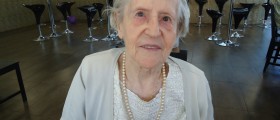



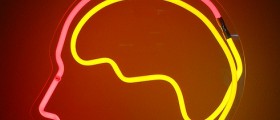
-Disease-Cause-A-Stroke_f_280x120.jpg)
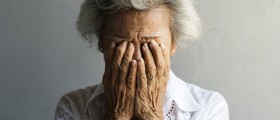


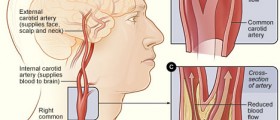

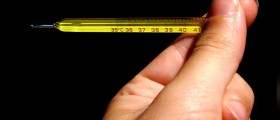


Your thoughts on this
Loading...